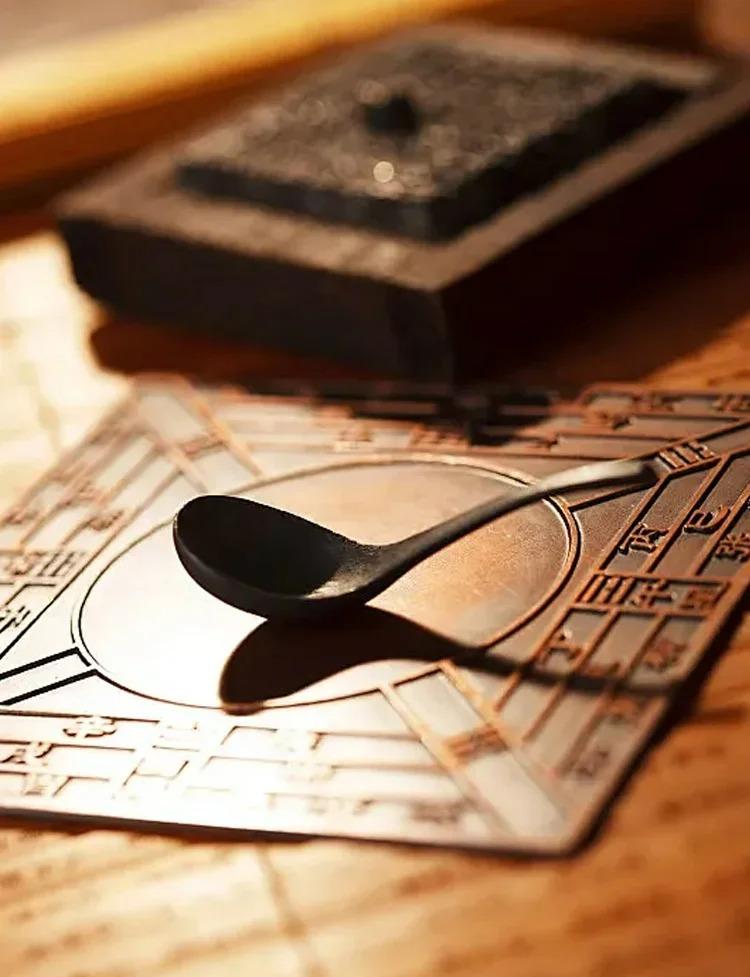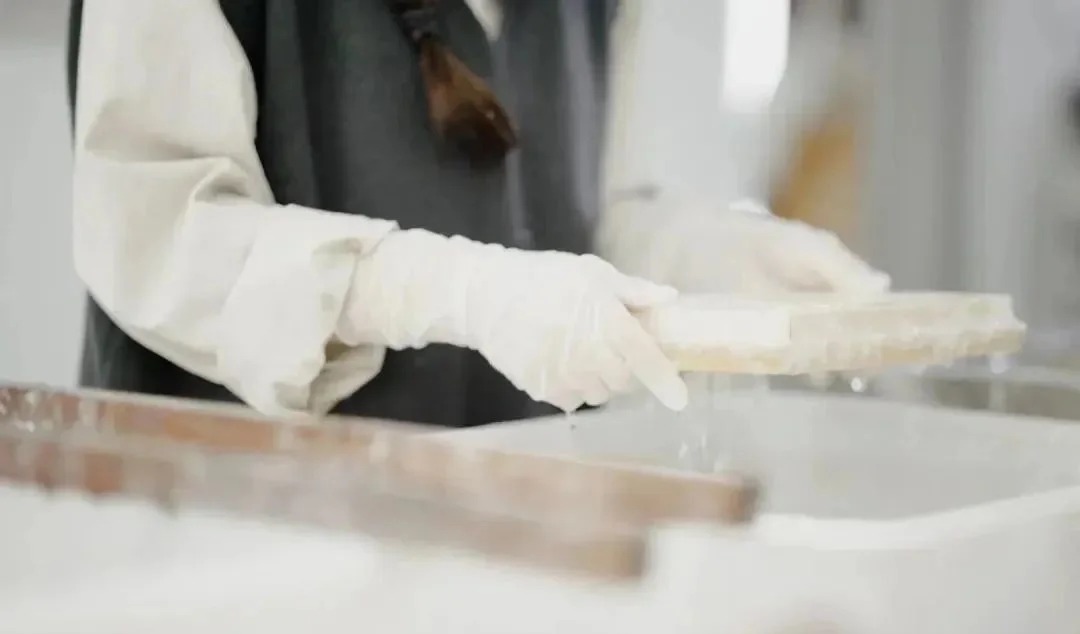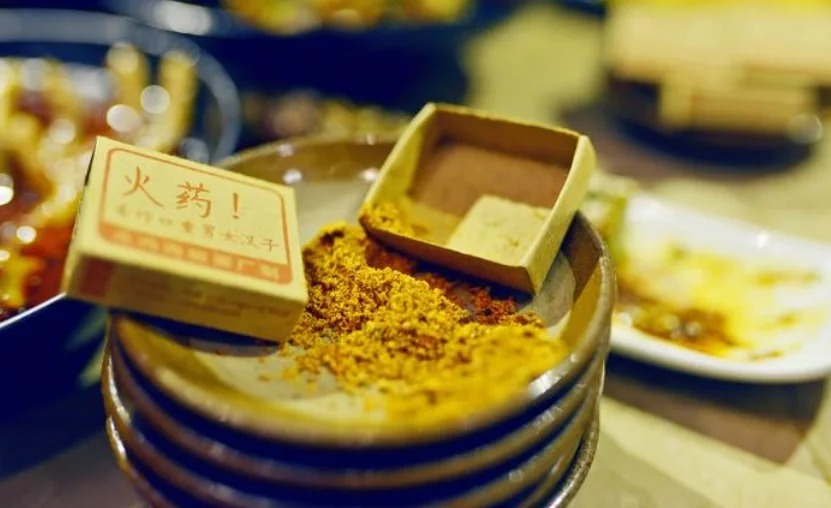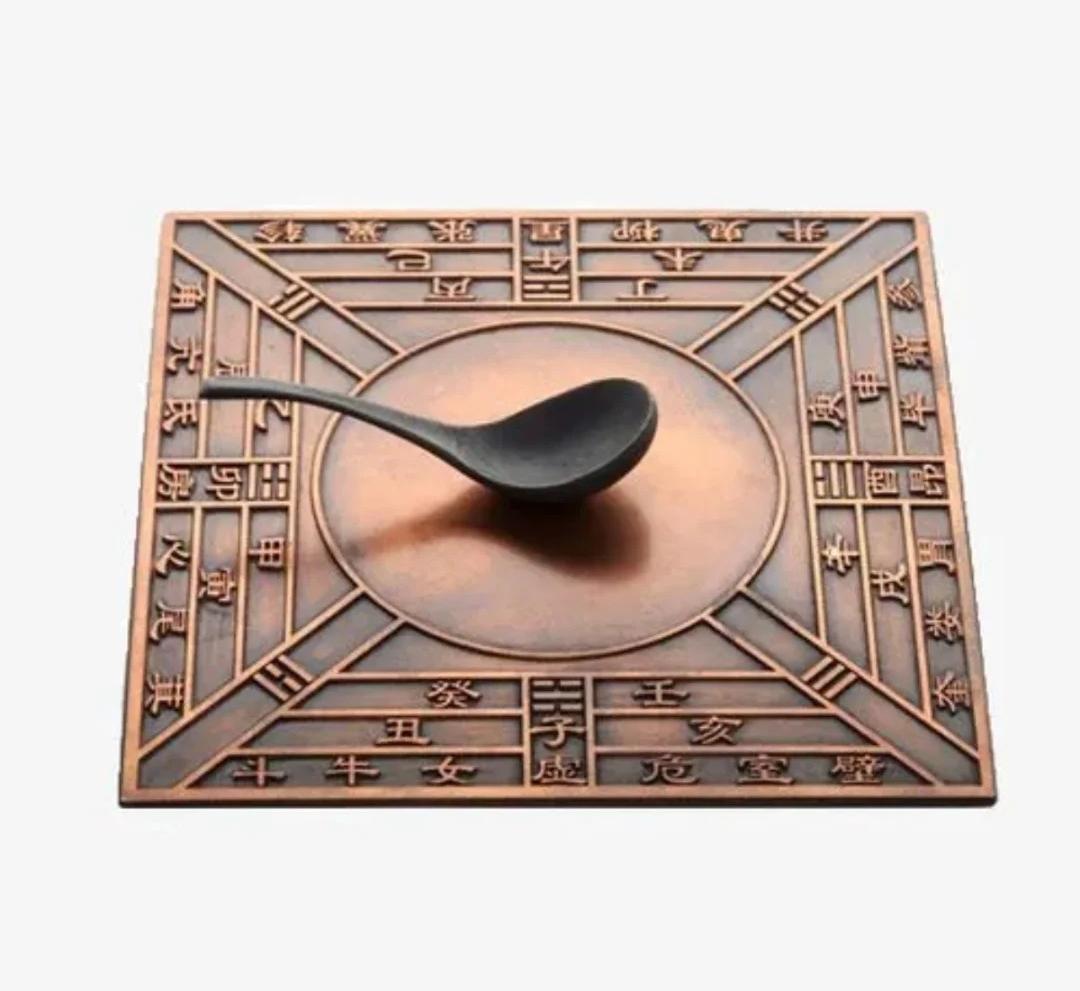Introduction to Chinese Inventions
China’s contributions to global innovation are both profound and enduring. For millennia, Chinese ingenuity has shaped the course of human progress, introducing technologies and concepts that have revolutionized daily life, science, and culture worldwide. From the humble paper clip to the transformative compass, Chinese inventions have left an indelible mark on human civilization.

The Four Great Inventions
China’s “Four Great Inventions” stand as pillars of its innovative legacy:
| Invention | Date | Impact |
|---|---|---|
| Papermaking | 105 CE | Revolutionized information storage and spread |
| Printing | 7th century | Accelerated knowledge dissemination |
| Gunpowder | 9th century | Transformed warfare and mining |
| Compass | 11th century | Enabled global navigation and exploration |
Papermaking
Invented by Cai Lun in 105 CE, papermaking transformed communication and record-keeping. The technique spread worldwide, becoming the foundation for literary and artistic expression.

Printing
Woodblock printing, followed by movable type, dramatically increased the speed and scale of text reproduction. This invention paved the way for mass literacy and the rapid spread of ideas.

Gunpowder
Originally developed by alchemists seeking immortality, gunpowder found applications in warfare, mining, and even celebratory fireworks, reshaping global power dynamics.

Compass
The magnetic compass revolutionized navigation, enabling long-distance sea voyages and global exploration. It also played a crucial role in feng shui practices.

Agricultural and Food Innovations
Chinese agricultural innovations have fed billions:
- Tea Cultivation: Developed over 3000 years ago, tea became a global beverage.
- Rice Farming: Advanced techniques like paddy field systems increased yields.
- Soybean Products: Tofu, soy sauce, and other soy-based foods enriched diets worldwide.
Scientific and Mathematical Advancements
China’s scientific innovations were often centuries ahead of their time:
- Seismograph: Zhang Heng’s invention in 132 CE could detect and indicate the direction of earthquakes.
- Abacus: This ancient calculation tool remains in use today.
- Kites: Initially used for military purposes, kites laid the groundwork for aerodynamics.
Daily Life and Cultural Inventions
Many everyday items originated in China:
- Silk Production: Sericulture began as early as 3000 BCE, creating a luxury product that defined trade routes.
- Porcelain: Fine china became a symbol of artistic refinement and technical mastery.
- Umbrella and Paper Fan: These practical items evolved into cultural icons.
Medical and Health Inventions
Traditional Chinese medicine has contributed significantly to global health practices:
- Acupuncture: This ancient healing technique is now recognized worldwide.
- Traditional Chinese Medicine: Herbal remedies and holistic approaches continue to influence modern medicine.
- Early Anesthesia: Hua Tuo’s mafeisan was an early form of anesthesia used in surgery.
Traveler’s Guide to Chinese Inventions
For travelers eager to explore China’s innovative heritage:
- Museums:
- China Science and Technology Museum, Beijing
- National Museum of China, Beijing
- Shanghai Science and Technology Museum
- Historical Sites:
- Hangzhou’s West Lake (birthplace of gunpowder)
- Xi’an’s Big Wild Goose Pagoda (early printing examples)
- Suzhou’s silk factories
- Modern Applications:
- High-speed rail networks (inspired by ancient Chinese transportation innovations)
- Traditional medicine clinics in major cities
- Souvenirs:
- Replica compasses from Beijing’s Panjiayuan Market
- Handmade paper from Anhui province
- Modern interpretations of ancient inventions from museum gift shops
As you journey through China, you’ll find the spirit of innovation alive in both ancient relics and cutting-edge technologies. From the Great Wall, an engineering marvel, to the bustling tech hubs of Shenzhen, China’s inventive spirit continues to shape our world.
Remember, each invention tells a story of human ingenuity and cultural exchange. As you hold a porcelain cup, navigate with a compass app, or enjoy a fireworks display, you’re experiencing the living legacy of Chinese innovation. Let these inventions guide your exploration of China’s past and present, revealing a culture that has always looked to the future while honoring its past.





